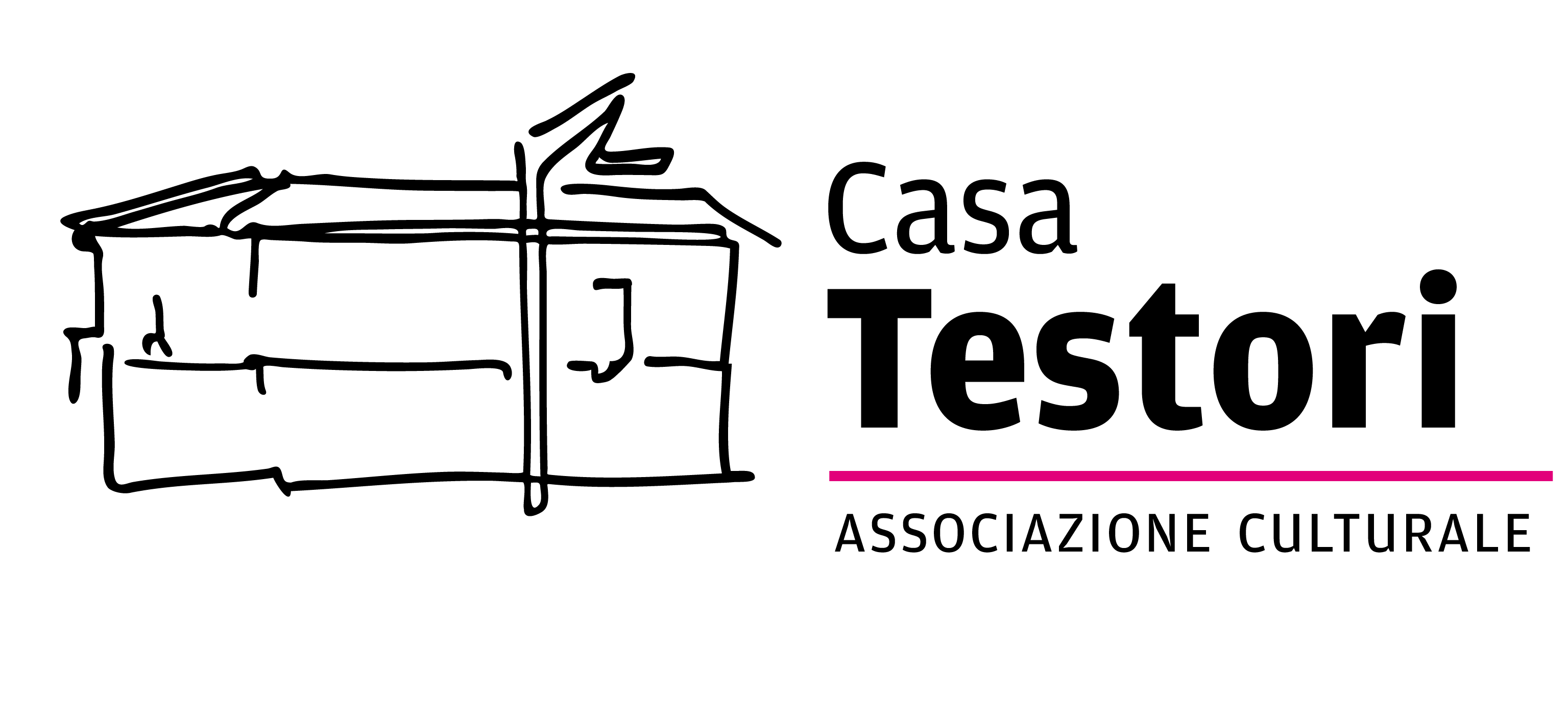The works of the two artists are placed next to each other, one on top of the other, around the fireplace that dominates the room. Black on black, Samorì’s painting is framed by the marble, requiring the visitor to bend down in search of the picture, a likeness of a sixteenth century Flemish portrait. Naturally, above the fireplace should be an official portrait, evoked by Fato by leaving the subject’s armour visible but concealing any unique features. In the opposite wall, next to one of his frescoes that evokes the female figure, Samorì embeds a profound tribute to Testori. Over the image of Francesco Cairo’s Testa del Battista (Head of John the Baptist), which belonged to the writer, a cascade of threads evokes the 73 Teste del Battista, realised by Testori with the thin trace of a fountain pen and exhibited here on the first floor. Finally, in the opposite corner, a composite work by Matteo Fato that starts from the suggestion of fire, iridescent because of its fatuousness, here imagined as taken from the central fireplace in order to be portrayed on the canvas and repeated in counterpart in the engraving next to it, which in turn is placed like an altarpiece on an “antependium” of monochromes very dear to the artist.
THE ARTWORKS
Nicola Samorì, Manto minimo, 2011, oil on panel, AmC Collezione Coppola, Vicenza
Matteo Fato, Nudo all’Antica (4), 2014, oil on linen, plywood transport box, Courtesy of the Artist and Galleria Michela Rizzo, Venice
Nicola Samorì, Babette, 2017, fresco on alveolam Courtesy Monitor, Rome/Lisbon
Nicola Samorì, Profeta, 2018, oil on copper, antique frame, Courtesy Monitor, Rome/Lisbon
Matteo Fato, (will-o-the-wisp), 2015 / 2018, oil on linen, plywood transport case, rabbit glue and pigment on linen, drypoint on copper, MDF frame, Courtesy of the Artist and Galleria Michela Rizzo, Venice
Matteo Fato, Senza titolo (Nuvola II), 2015, oil on linen, plywood transport box and mirror, Courtesy of the Artist and Galleria Michela Rizzo, Venice.

















































